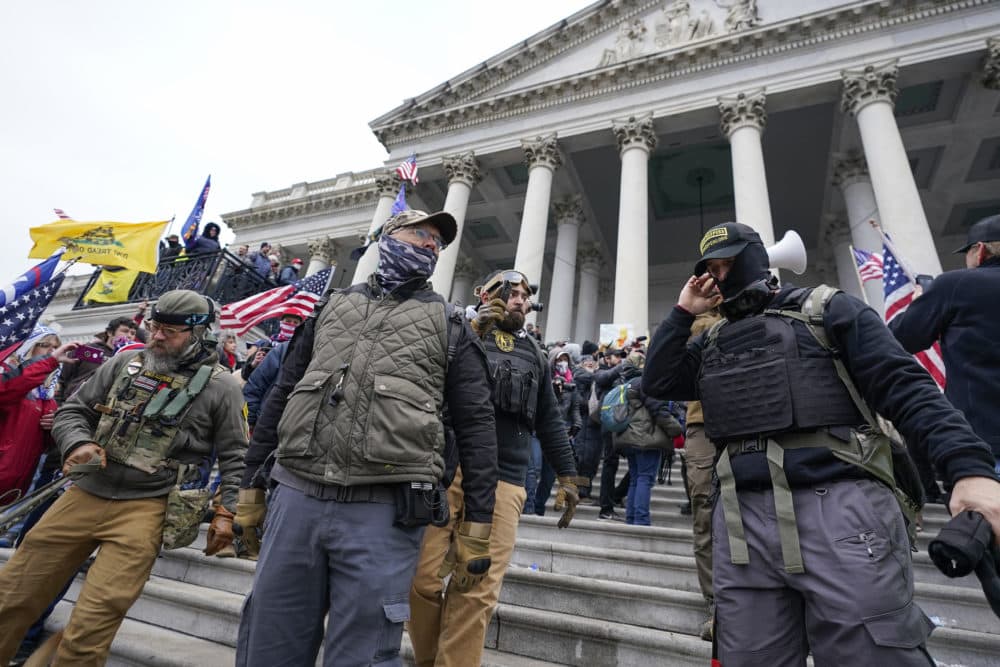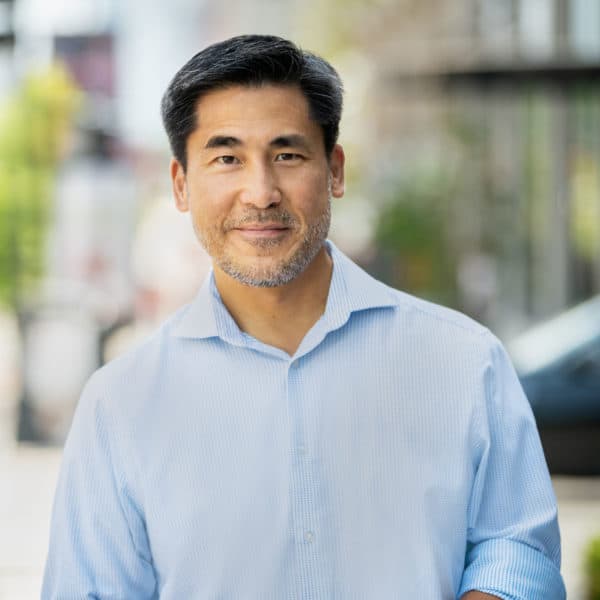Advertisement
Extremists who stormed the Capitol on Jan. 6 turn their attention from national to local politics
Resume
One year since insurrectionists stormed the Capitol on Jan. 6, investigators are still learning about who these people are.
Some were members of the Proud Boys, Oath Keepers, white nationalist organizations and right-wing militias, while others had no connection to extremist groups at all.
Digitally, they tend to live in an echo chamber of conspiracy theories, misinformation and lies — not just about the 2020 election but also COVID-19, masks and vaccines.
NBC senior reporter Brandy Zadrozny, who has been covering misinformation and extremism for years, says the rioters’ initial high from Jan. 6 fizzled out for a few months once those who stormed the Capitol were identified and arrested en masse. Plus, former President Donald Trump was banned from social media and then left office. Intense media and public scrutiny plagued these extremists and sent them underground, she says.
But extremists picked up steam again after encouragement from far-right leaders like Steve Bannon, who instructed his podcast audience to take back the country “village by village” — meaning at the local level, she says.
This go-local tactic has now been taken up by extremist groups across the board, she says. Since there’s no national election, these groups have pivoted their attention to controversial issues — vaccines, race, education and culture wars — that “engender empathy or relationships with more mainstream conservatism,” Zadrozny says.
She’s seen this play out in communities across the country and points to a specific example in the Pacific Northwest, a place she says has been a “hotbed of extremism.” The far-right group Patriot Prayer based in Vancouver, Washington, spread a rumor saying a student was facing arrest for failing to wear a mask at school.
The lie was picked up by the Proud Boys, who went to three schools in protest. Those three schools had to go into lockdown for students and staff's safety, she says.
In October, a far-right group flooded a school board meeting in Douglas County, Colorado, to oppose mask mandates.
“We've been seeing this all over the country,” Zadrozny says. “Proud Boys showing up at school libraries to protest so-called LGBTQ books, things like that just over and over again.”
Extremists have gotten savvy about joining alternative online platforms and even creating their own in order to communicate, she says. A recent ProPublica investigation found that extremist content on Facebook grew significantly between the election and in the insurrection. And despite a crackdown by a lot of these big social media platforms to ban extremist content since Jan. 6, extremists continue to bolster alternative digital ecosystems such as Gab or Parler.
If banned from Youtube, which is often the case, Zadrozny says she’s seen white nationalists sustain their movement by starting and monetizing their own streaming services.
These surrogate platforms push extremist groups deeper in the interweb — thus making it harder to track their movements, she says.
In the year since Jan. 6, extremists have been able to adapt and survive. This hasn’t surprised Zadrozny, but rather continuously shocks her, she says. Staying alarmed by their actions is important, she says, in order to not settle and believe extremist violence is “our new normal.”
“I think it's important to always realize that this is violence,” she says, “and online violence begets real-world violence.”
Julia Corcoran produced this interview and edited it for broadcast with Chris Bentley. Serena McMahon adapted this interview for the web.
This segment aired on January 6, 2022.

